

This guide provides a thorough understanding of the methods and materials needed for effectively attaching drywall to metal studs. We'll cover various fastening techniques, suitable screws, and considerations for different drywall types and applications. Learn about selecting the right screw drywall to metal studs supplier to ensure a strong, lasting installation.
Metal studs come in various gauges and profiles, each suited for different applications. Thinner gauge studs are lighter but less robust, while thicker gauges offer greater strength and stability. Understanding the stud's gauge and composition is critical when choosing the correct screw drywall to metal studs. For instance, using the wrong screw in a thin gauge stud could result in the screw pulling through.
Metal studs are frequently used in commercial and residential construction, particularly where fire resistance or lightweight construction is important. They are often found in walls, partitions, and ceilings. The specific requirements for attaching drywall can vary depending on the application's load-bearing needs and desired finish.
The selection of screws is paramount. Using the wrong type can lead to stripped screw holes, poor drywall adhesion, or even structural failure. Screw drywall to metal studs should be specifically designed for metal, often with a sharp point and aggressive threads for better penetration and hold. Common types include self-drilling screws and self-tapping screws. Consider the screw length; it should penetrate sufficiently into the stud to achieve a secure grip, while avoiding excessive protrusion. Pay attention to screw gauge and material; stronger screws will provide greater holding power. We recommend consulting manufacturer specifications to ensure the right screw is used for your drywall type and the stud gauge.
| Screw Type | Material | Advantages | Disadvantages |
|---|---|---|---|
| Self-Drilling Screw | Steel | No pre-drilling needed, fast installation | Can strip easily in thin gauge studs |
| Self-Tapping Screw | Steel, sometimes coated | Stronger hold, less prone to stripping | May require pre-drilling in some cases |
Table 1: Comparison of Common Screw Types
Proper screw spacing is crucial for preventing cracking and ensuring stability. General guidelines suggest spacing screws approximately 6-8 inches apart along the edges and 12-16 inches apart in the field. However, heavier or thicker drywall may require closer spacing. Always consult manufacturer recommendations for specific spacing requirements for your chosen drywall type and stud gauge.
Selecting a reliable supplier is critical for project success. Look for suppliers with a proven track record, offering high-quality fasteners and providing expert advice. A reputable supplier will be able to guide you through choosing the right screws for your specific application and project needs. Consider factors like pricing, availability, delivery times, and customer service when making your choice. Here at Hebei Muyi Import&Export Trading Co.,Ltd, we offer a wide range of high-quality fasteners for various applications. Contact us today for more information and to discuss your project requirements.
Proper installation techniques are essential for achieving a robust and long-lasting bond between the drywall and metal studs. Pre-drilling pilot holes can help prevent damage to both the drywall and the metal stud, particularly when using self-tapping screws with thin-gauge studs. Using a stud finder ensures screws are properly placed within the stud, providing maximum holding strength. Always maintain a consistent screw depth, avoiding over-tightening which can damage the drywall and potentially weaken the stud.
Successfully attaching drywall to metal studs involves careful consideration of several factors, including stud type, screw selection, and installation technique. By following these guidelines and selecting the appropriate screw drywall to metal studs supplier, you can ensure a strong, durable, and long-lasting installation. Remember to always consult manufacturer specifications and best practices for optimal results.

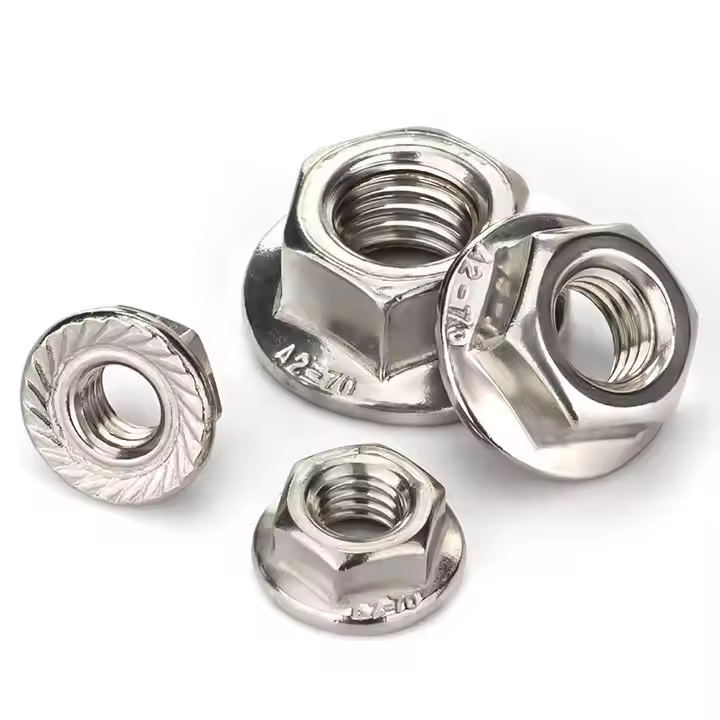
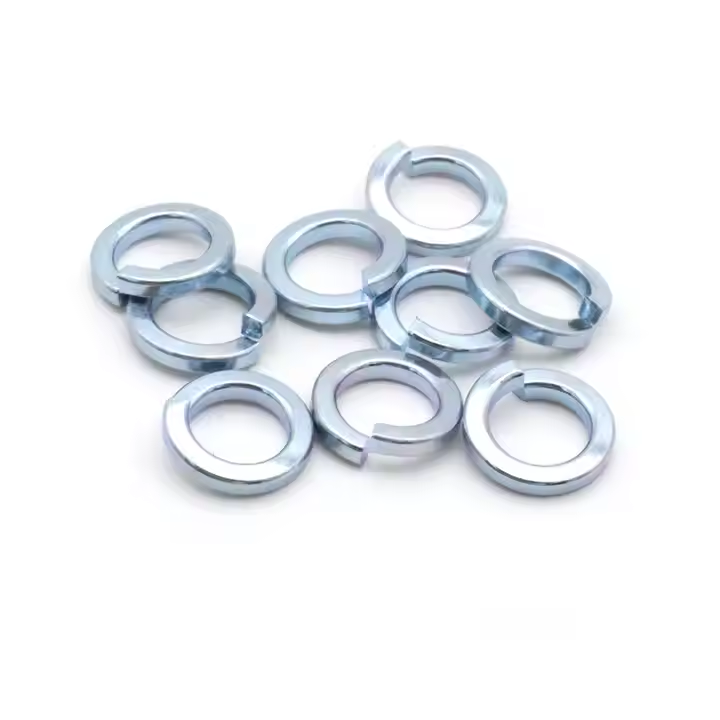

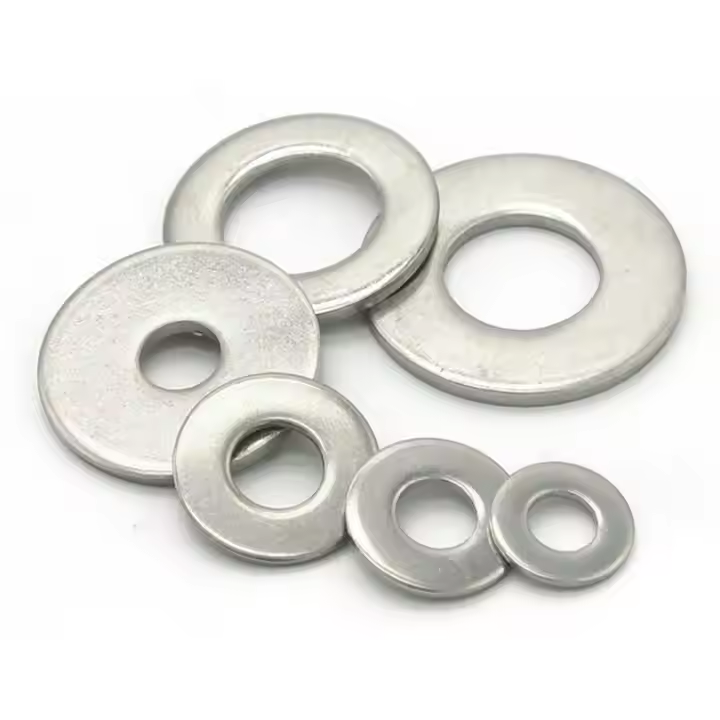


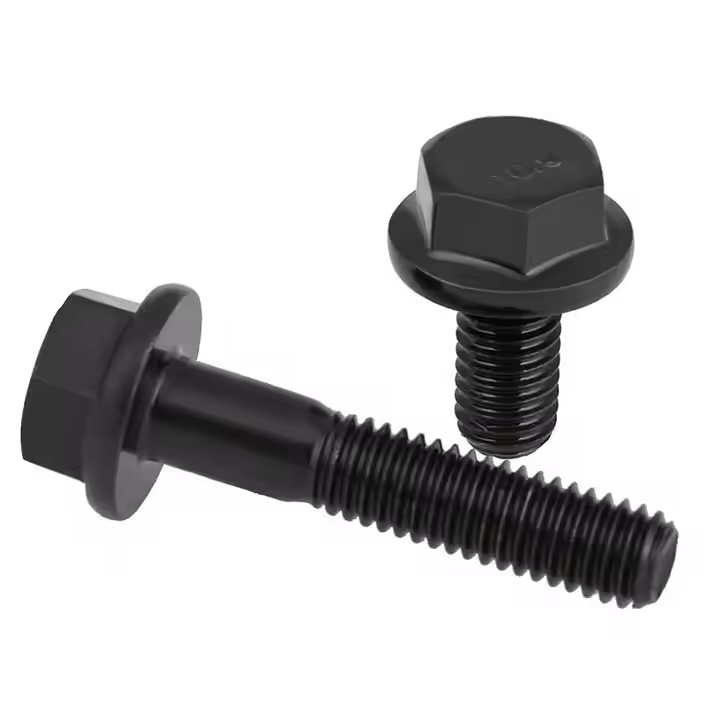
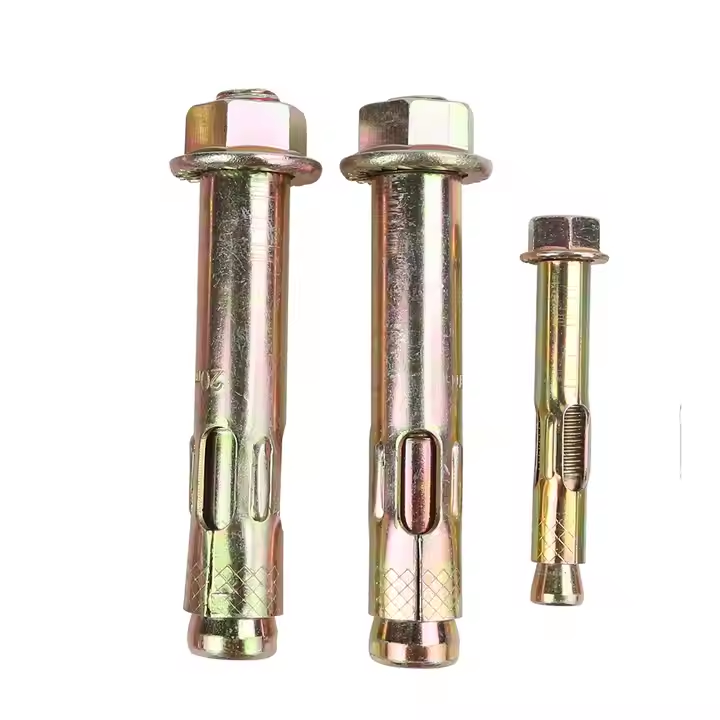
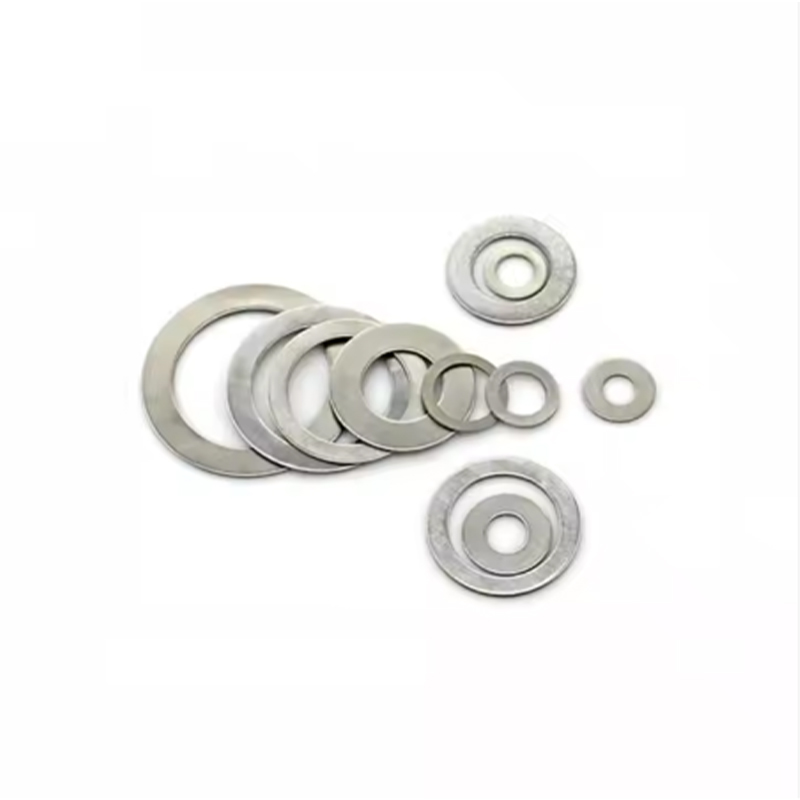
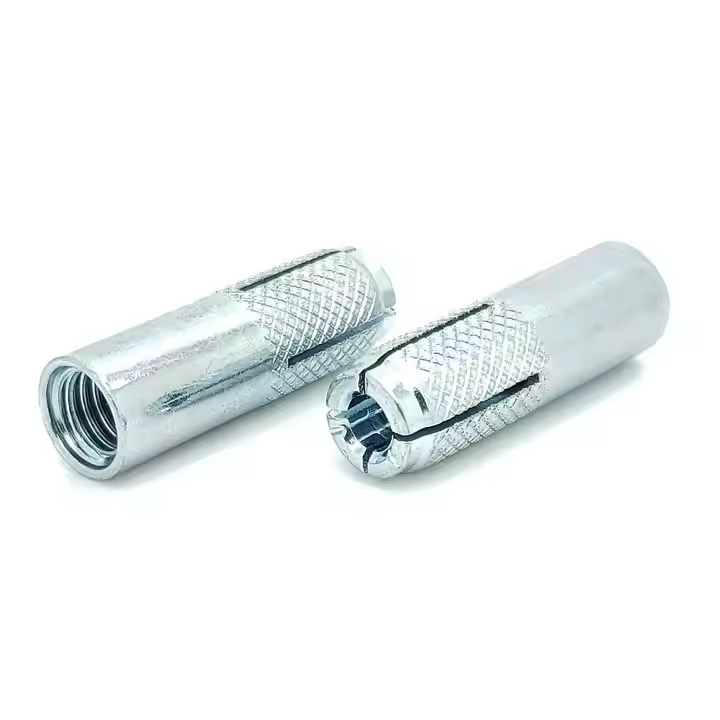
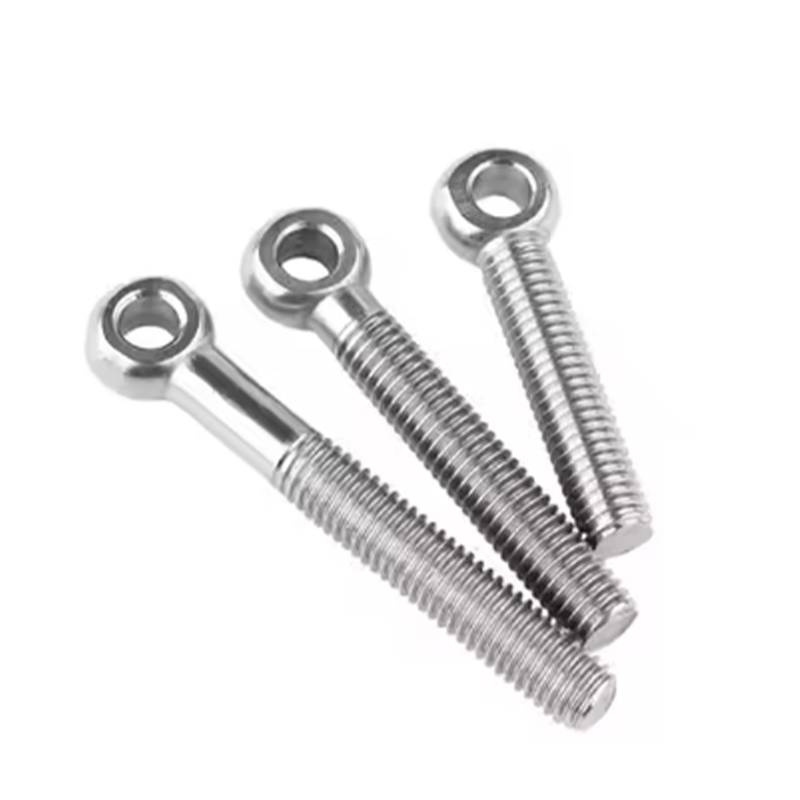
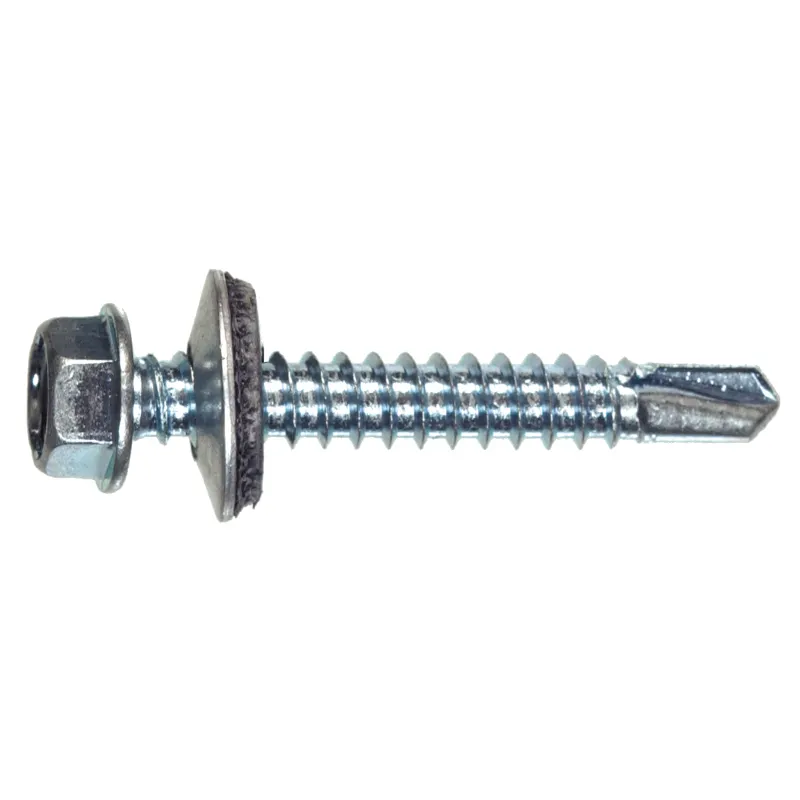
Please enter your email address and we will reply to your email.